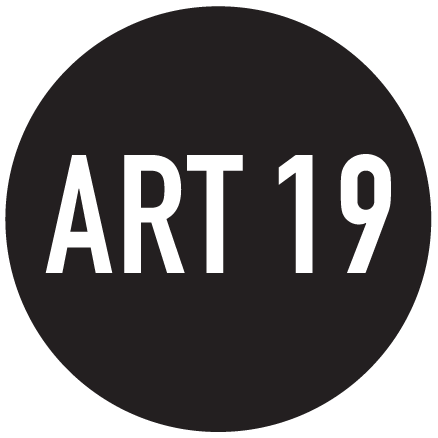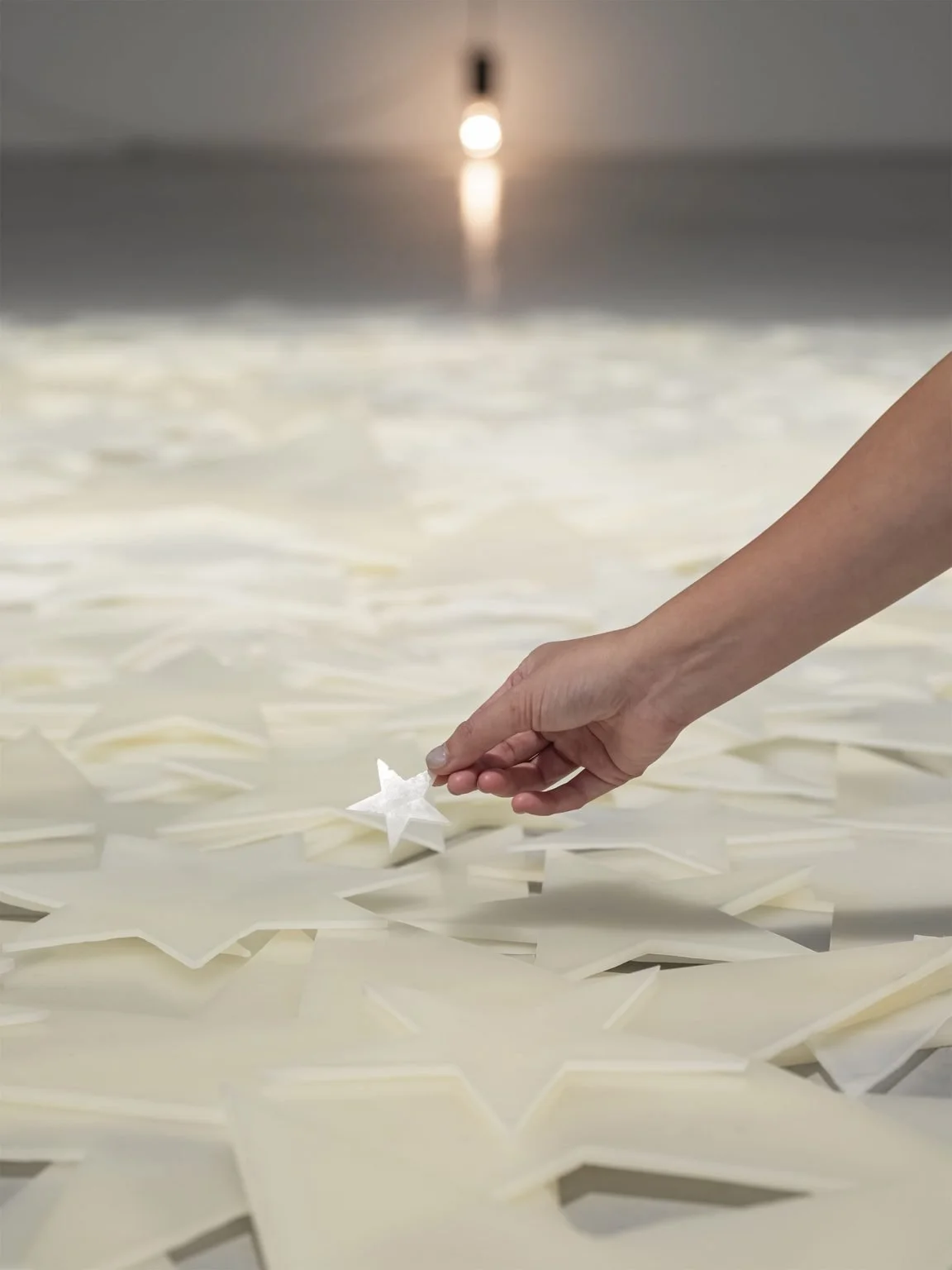Kunsthistoriker Uwe M. Schneede über den künstlerischen Eigensinn und das Erfolgsgeheimnis des Malers Gerhard Richter. "Es gibt sehr viele Veröffentlichungen über Gerhard Richter, häufig sind das Ausstellungskataloge und Publikationen zu einzelnen Werkaspekten. Ich habe mich mit meiner Monographie an eine übersichtliche, kompakte Darstellung des malerischen Gesamtwerks gemacht. Ich versuche, zu seinen komplexen und komplizierten großen Abstrakten hinzuführen und zu erläutern, warum sich Gerhard Richter nie auf einen Stil hat festlegen lassen wollen, sondern immer gleichzeitig in den verschiedenen Modi, figürlich und abstrakt, gearbeitet und sie gleichwertig behandelt hat."
Read MoreNEWS
"Gerhard Richter: Verborgene Schätze", Kunstpalast Düsseldorf, bis 2. Februar 2025. Die chronologische Hängung lässt den Wechsel der Stile und Experimente bis 2017 nachvollziehen, dem Jahr, in dem sich Richter offiziell von der Malerei verabschiedet hatte (inzwischen ist er vom Rücktritt schon wieder teilweise zurückgetreten). Darunter findet man Landschaften, Tierporträts, Abstraktionen und auch die späten Farbverschlierungen des Malers, der sich im Laufe der Zeit offenbar alle Freiheiten nahm, die ihm die autoritäre DDR nie zugestanden hätte.
Read MoreSharjah Art Foundation (SAF) is delighted to present "A Shadow of a Shadow" from 28 September to 8 December 2024, a comprehensive survey of 17 performances by William Kentridge spanning from the late 1980s to the present. Kentridge’s first major solo exhibition in the Middle East showcases a wide range of his work, from his interpretations of King Ubu—the outrageous protagonist from Alfred Jarry’s play Ubu Roi [King Ubu] (1896)—to Mozart’s opera The Magic Flute (1791) alongside Kentridge’s original production The Head and the Load (2018) about Africa and Africans during World War I. Visitors will encounter a variety of objects and artworks produced for the development and presentation of Kentridge’s performance projects, including drawings, stage backdrops, animations, puppets, props, costumes and installations inspired by theatrical illusions.
Read MoreIn the spring of 1961, Gerhard Richter, a young East German artist noted mainly for his portraits and socialist wall paintings, slipped through the last chink in the Iron Curtain—West Berlin—and fled to the Federal Republic of Germany. A few weeks later, he justified this move in a letter to his former teacher at the Dresden Academy of Fine Arts: “My reasons are mainly professional. The whole cultural ‘climate’ of the West can offer me more, in that it corresponds better and more coherently with my way of being and working than that of the East.” [...] This development can now be witnessed in a new exhibition ‘Gerhard Richter: Hidden Gems’, at the Kunstpalast Düsseldorf until 2nd February 2025. Dedicated to Richter’s relationship with his new home and, crucially, its affluent community of gallerists and collectors, it is aptly titled Verborgene Schätze (Hidden Gems). What makes it special is the fact that the works shown are, without exception, from private and corporate collections of the region. Many have never been seen in public before. [...] The 120 artworks shown encompass Richter’s whole production.
Read MoreThe Grand Palais reopens its doors after years of renovation with an exhibition, and not just any exhibition, ascontemporary art lovers eagerlyawait the return of this artist to Paris, Chiharu Shiota! The Japanese artist with the red thread returns from December 11, 2024 to March 19, 2025, to weave her web under the capital's most famous glass roof with her unique and poetic installation. Following on from"Memory Under The Skin" at Galerie Templon Grenier Saint-Lazare,"The Soul Trembles" explores the vulnerability of life through a monographic exhibition co-organized with Tokyo's Mori Art Museum, the most important on the artist. The Grand Palais, in a preview to the reopening of its galleries in June 2025, is hosting seven monumental installations, sculptures, photographs, drawings, performance videos and archival documents relating to his staging project and his 20-year career.
Read MoreYoko Ono has lived a life without boundaries. A Japanese woman who made her voice heard around the globe, she refused to let the barriers of race, class, or gender impede her message. A true cross-disciplinary artist, she has transformed her life into a near century-long creative practise. A ground-breaking visual artist. A profoundly influential musician. A peace activist across multiple decades. Yoko Ono is a by-word in freedom. Walking around London’s incredible new career-spanning exhibition Yoko Ono: Music Of The Mind at the Tate Modern, you’re struck by the sheer wonder, and the undaunted veracity by which she approaches art. A stunning display of virtuoso innovation, the awesome range of her creative force is enhanced by her unique ability never to repeat herself.
Read MoreI Thought I Lost It! is a project in the form of forum and exhibition that examines how art and architecture can contribute to the social consensus to create the resilient social communities we envision. [...] The invited artists for this project are Oum Jeongsoon from Korea, Ding Yi from China, and Shiota Chiharu from Japan. These artists share a common theme of challenging and exploring the implicit yet inescapable self-identity that humans experience as fate. Their works focus on how art should engage with, mediate, and respond to social change as well as inclusiveness. Additionally, the project investigates how contemporary, motivated, and democratized audiences should reassess art, urban spaces, and architecture. The participating artists also diagnose and validate the human absence and ecological crises subtly imposed by social systems driven by rapid technological advancements.
Read MoreShirin Neshat, an Iranian-American filmmaker, is known for her politically charged work that delves into the intricate issues of gender and cultural identity in the Middle East. Her acclaimed film Women Without Men tells the story of four women in 1950s Iran, against the backdrop of the 1953 coup that toppled the democratically elected government. Through its poetic imagery and layered narrative, the film offers a nuanced critique of the patriarchal and authoritarian forces that shape the lives of women in the region.
Read MoreCollecting ordinary objects such as shoes, keys, beds, chairs and dresses and wrapping them in giant structures made of thread, Japanese artist Chiharu Shiota redefines the concepts of memory and consciousness. Her exhibition titled “Chiharu Shiota: Between Worlds” will meet with the audience at Istanbul Modern starting from September 6 to April 20, 2025. The exhibition, which also includes a large-scale installation created specifically for Istanbul Modern by Chiharu Shiota as part of the 100th anniversary of the establishment of diplomatic relations between Japan and Turkey, focuses on topics such as memory, existence, migration, journey and human experience, which the artist frequently uses in various forms of expression such as performance, video, installation and painting
Read MorePeople around the world–from artists and cultural icons like Yoko Ono and Paris Jackson to Nobel laureates, members of Congress, and global leaders and organizations–are marking 79 years since the Hiroshima and Nagasaki atomic bombings by taking part in #CranesforOurFuture, the largest digital demonstration of support for a world without nuclear weapons. To participate in the campaign between August 6 and 9, the dates of the 1945 atomic bombings of Japan, people fold and share paper cranes on social media with a message about why moving closer to a world without nuclear weapons is important to them.
Read More“Shilpa Gupta: I did not tell you what I saw, but only what I dreamt” is on view at Madison Museum of Contemporary Art through January 14, 2025. Gupta’s work takes all that we know about identity and breaks it apart, dispersing the elements until they’re abstract. In other works, she takes apart elements that represent countries, such as all the stars featured in various flags. They are relinquished to the floor, where visitors can pick up a wax star and take it home with them. I was reminded of Sylvia Plath’s poem “Candles,” when I picked up a star among other stars, and felt the wax in my hands [...] The exhibition is also a way to honor those who succumbed to censorship and a memorialization of all the important writers and artists who aren’t able to show their work freely. We take their names home with us, and remember them.
Read MoreRosemarie Trockel ist eine der bekanntesten deutschen Künstlerinnen der Gegenwart, die auch international Anerkennung gefunden hat. Ein zentrales Thema ihrer Arbeit ist die kritische Auseinandersetzung mit weiblichen Lebenserfahrungen und der Frage der Geschlechterdifferenz. Rosemarie Trockel begann in den 1980er Jahren als Künstlerin zu arbeiten und machte es sich zur Aufgabe, die weitgehend männlich geprägte Kunstszene zu hinterfragen und dem männlichen Künstlergenie weibliche Rollen und Themen gegenüberzustellen. [...] Die monografische Ausstellung „Rosemarie Trockel – Ausgewählte Zeichnungen, Objekte und Videos“ (vom 29. August bis zum 27. Oktober im Sungkok Art Museum in Seoul zu sehen), zeigt die vielfältigen Arbeitsweisen der Künstlerin. Ein weiterer Schwerpunkt liegt auf dem Entstehungsprozess ihrer Werke. So wird jede Arbeitsphase in Tusche-, Kohle-, Bleistift-, Collage- oder Computerzeichnungen dokumentiert.
Read More











